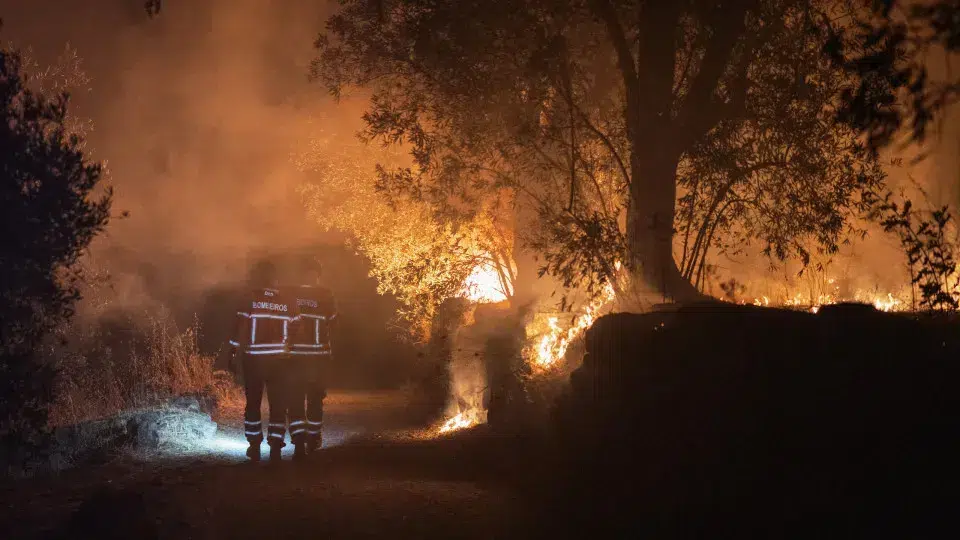
The recent wildfires have devastated approximately 75% of Sernancelhe municipality, consuming over 17,000 hectares of chestnut groves, pine forests, fruit trees, including olive groves and orchards, and vineyards, according to local official Carlos Santos, who described the damage assessments as still preliminary.
The agricultural impact was severe, with more than 300 burned beehives, many livestock deaths, including sheep, goats, and several missing dogs.
In terms of business losses, a poultry farm, carpentry workshop, car dismantling facility, car showroom, and part of a window and aluminum manufacturing company were destroyed.
Carlos Santos admitted the difficulty in estimating the total financial losses, noting that besides the destruction of 25 agricultural warehouses, the value of cultivated land remains unaccounted for, unlike commercial entities.
He emphasized the broader ecological loss, mentioning the long-term impact on the region’s flora and fauna, beyond just the destruction of trees.
In terms of financial impact, he estimated “many, many millions” of euros, acknowledging the challenge in providing an exact figure.
Further environmental concerns include the need to protect the Vilar Dam reservoir, which supplies water to the municipalities of Sernancelhe, Moimenta da Beira, and Tabuaço in the Viseu district. Measures are being taken to prevent ash and debris from contaminating the reservoir, with retention basins and filters being established following a strategic meeting on the issue.
The Sernancelhe fire originated from two separate blazes—one that ignited on August 13 in Sátão (Viseu district) and another on August 9 in Trancoso (Guarda district)—which merged on August 15, affecting 11 municipalities across the two districts.
These affected areas included Sátão, Sernancelhe, Moimenta da Beira, Penedono, and São João da Pesqueira in Viseu district, as well as Aguiar da Beira, Trancoso, Fornos de Algodres, Mêda, Celorico da Beira, and Vila Nova de Foz Côa in Guarda district. The fire was brought under control by 10 p.m. on August 17.
Throughout July and August, mainland Portugal experienced several large-scale rural fires, particularly in the northern and central regions. These fires resulted in four fatalities, including a firefighter, and multiple injuries, some severe. They also led to the destruction of numerous residential and agricultural properties and forested areas.
Provisional official figures indicate that by August 23, approximately 250,000 hectares had burned nationwide, with over 57,000 hectares affected by a major fire that started in Arganil.




